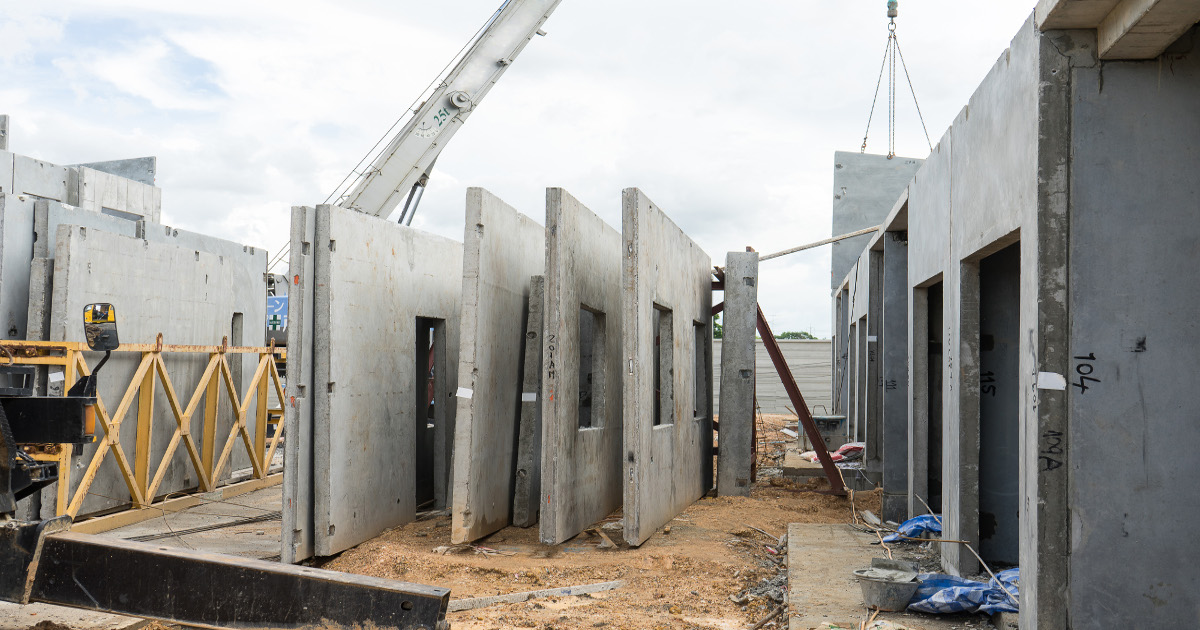Building Information Modeling (BIM) is increasingly being used to design, manage, and construct projects, particularly infrastructure projects. However, the building-centric focus of BIM has meant that its adoption in some areas – such as bridge design and construction – has been slower than other parts of the industry. Bridge design presents unique challenges that have typically been difficult for existing technologies to address, but this is changing. Innovative new bridge design software is making BIM for bridge design easier, as well as more efficient and cost-effective.
The Challenges Of BIM For Bridges
Bridge design and construction is fundamentally different to other structures, requiring several different models for different aspects, such as geometry, structural design and analysis, post-tensioning, and structural detailing. In addition, both the design and construction of bridges is an iterative process, making changes to multiple models inevitable. Until recently, the technology has not existed to enable all these aspects to be integrated into a single model.
However, for the BIM methodology to work, a shared central model is required which all the project team members can access. Working on several different models concurrently is difficult enough without the added complexity of sharing and coordinating each model with a central BIM model. Yet without an integrated approach, errors and discrepancies can quickly find their way into the design, wasting valuable time and resources while rectifying them.
Besides being inefficient, these errors can also lead to quality issues which can affect the structural integrity or longevity of the bridge. In some cases, major maintenance interventions may be required, leading to costly repairs as well as significant disruption to the local area while the works take place. In the worst-case scenario, the bridge will need to be demolished and a new one built. Ensuring adequate quality control is therefore a critical issue for bridge engineers, yet the fragmented design process and the workarounds required to make models BIM-compliant make this harder to achieve.
A Bridge-Centric BIM Solution
What is required to address all these challenges is a BIM solution designed specifically for bridges, as opposed to the current approach of shoe-horning bridges into existing incompatible processes and software. With the right tools that support (rather than work against) the bridge design and construction process, BIM can help drive productivity and quality improvements throughout the entire project. For example, the automation that BIM and advanced 3D modeling software offers can provide significant efficiencies during the iterative design and construction process, saving time and money while also increasing accuracy and quality.
An Integrated Approach
ALLPLAN have developed the world’s first fully integrated 4D BIM solution for bridges, enabling bridge engineers to work efficiently and effectively. By creating a detailed geometric and structural analysis model in one and integrated time-related data into it, bridge engineers have a complete solution in one package. With features such as parametric modeling, structural analysis, code-dependent design, and automatic clash detection, precise designs can be created in less time and with fewer errors. And with built-in BIM support, the entire project team can access a single, unified source of truth, improving communication, collaboration, and coordination throughout the entire project life cycle. To learn more about how BIM can add value to the bridge engineering process, read our whitepaper, The Revolutionary Solution to BIM for Bridge Design.






